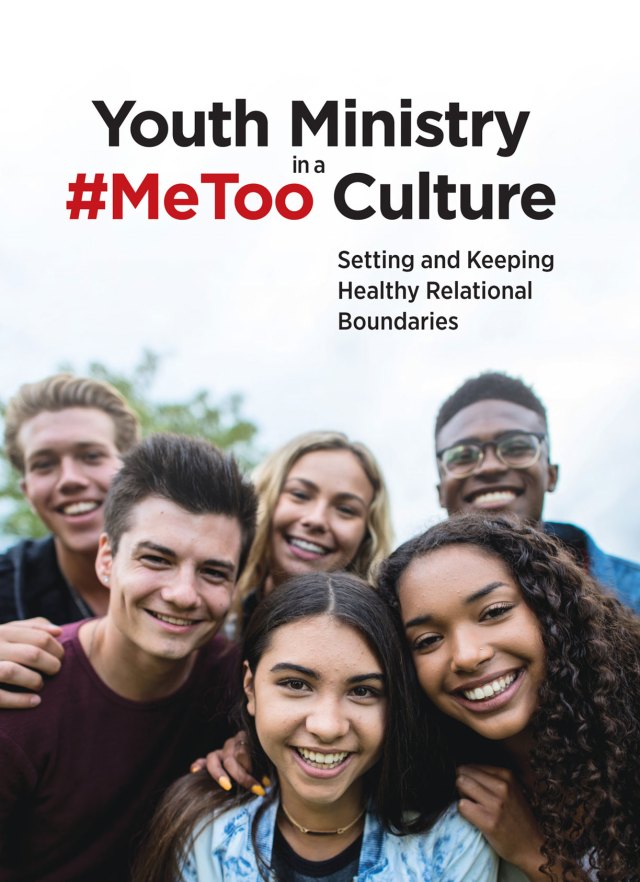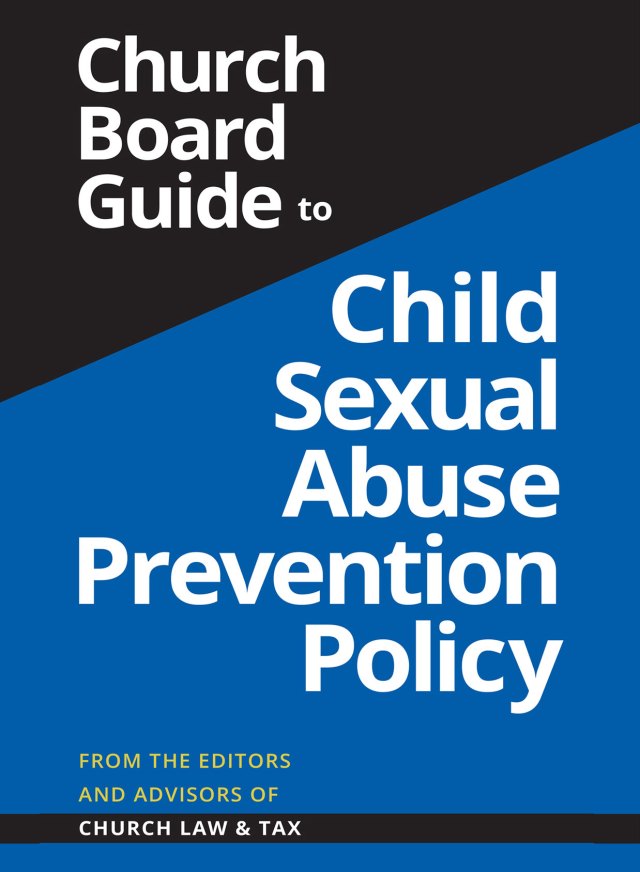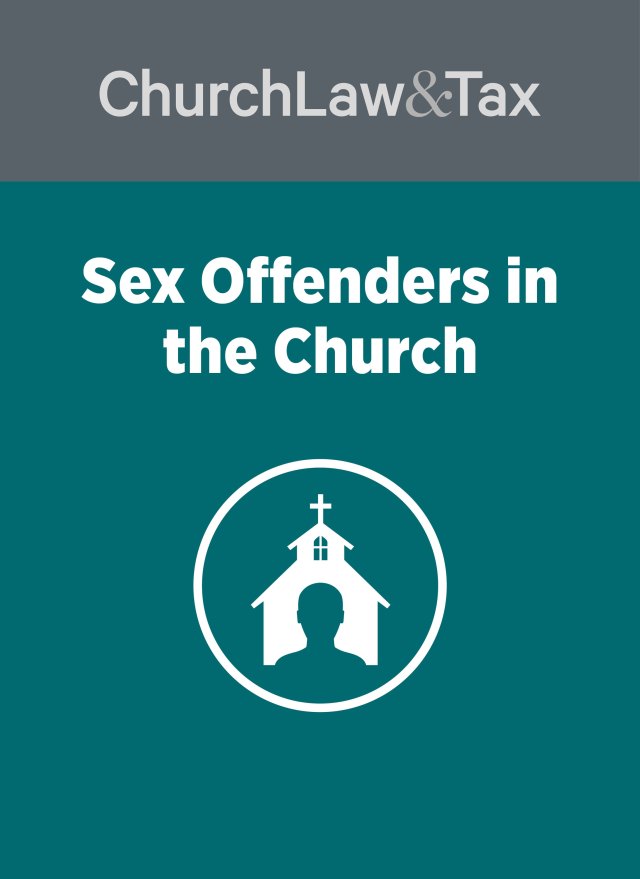Attorney Richard Hammar was among the first to caution Protestant churches about the need to protect kids and use screening and selection processes for the people who work with children and youth in their care.
When he crafted the Reducing the Risk abuse-prevention awareness training program in the early 1990s, Hammar recommended a five-step checklist. Three of those steps–a written application, interview, and reference checks–occurred before a person even set foot in a Sunday school classroom or youth-group gathering.
Over time, Hammar has expanded the checklist to 14 steps. The checklist is based on new research, new best practices, and input from law enforcement and courts.
One example: requiring applicants to provide reference checks from institutions, rather than personal acquaintances.
FBI insights
For years, personal references seemed adequate. Churches, already scrambling to find eligible volunteers and staff, could ask applicants for the names of two people and quickly contact them to confirm the applicants’ suitability to work with children and youth.
Then Hammar came across research from the Federal Bureau of Investigation (FBI).
As he explained in an issue of Church Law & Tax Report, “(u)sually, church leaders are not familiar with personal references, and so they are of limited value. Further, the FBI profile on pedophiles states that the only adult friends of pedophiles tend to be other pedophiles. This further diminishes the value of personal references.”
From that point forward, Hammar recommended institutional references, not personal ones.
What is an institutional reference?
So, what is an “institutional reference”? An institutional reference is one provided by someone at an institution where the applicant has previously worked with children or youth.
It might be another church’s children’s ministry or a youth sports program. It might be a school.
“(O)btaining a positive reference from one or more other institutions that have actually observed the applicant interact with minors is the gold standard in screening prospective youth and children’s workers,” Hammar notes.
Your church should ask “whether the institution is aware of any information indicating that the applicant poses a risk of harm to minors,” he adds.
In some instances, an applicant may not have previous experience volunteering or working with a youth-serving organization. When that happens, Hammar recommends limiting the applicant’s personal references to “members of the church, or to members of other churches that are well known to church leadership.”
Be thorough
When contacting an institutional reference, the date and time of the conversation should be logged. So should the name of the person contacted, the questions asked, and a summary of the responses. Careful written notes should be made and retained permanently with the applicant’s file.
If possible, include a second person on the call who can sign the notes as a witness.
Thoroughness doesn’t stop there, however. Hammar’s full 14-step list includes, among other things, interviewing the applicant and running a criminal background check with a service that reviews local, state, and federal databases.
Though Hammar’s process may appear excessive, the well-being of children hangs in the balance. Abuse does not only affect the victim, but their family. There’s also the effects on a church congregation along with the existential threat of a civil lawsuit.
A church that has not taken steps is particularly susceptible to civil lawsuits that come with significant financial risks. Damages may exceed a church’s insurance coverage, assuming the policy even covers abuse claims. Many general liability policies do not.
After the Penn State University football program scandal in the early 2010s, the #MeToo and #ChurchToo movements in 2017, and the widespread effort of many states to temporarily or permanently pause the statutes of limitation to bring civil claims, the risk is too great for church leaders to take the threat of abuse too lightly.
“The public (your potential “jury pool”) is increasingly intolerant of the inadequate response by churches and other youth-serving charities to incidents of child sexual abuse,” Hammar says. “Church leaders need to review current policies and be prepared to take additional steps to protect minors.”



